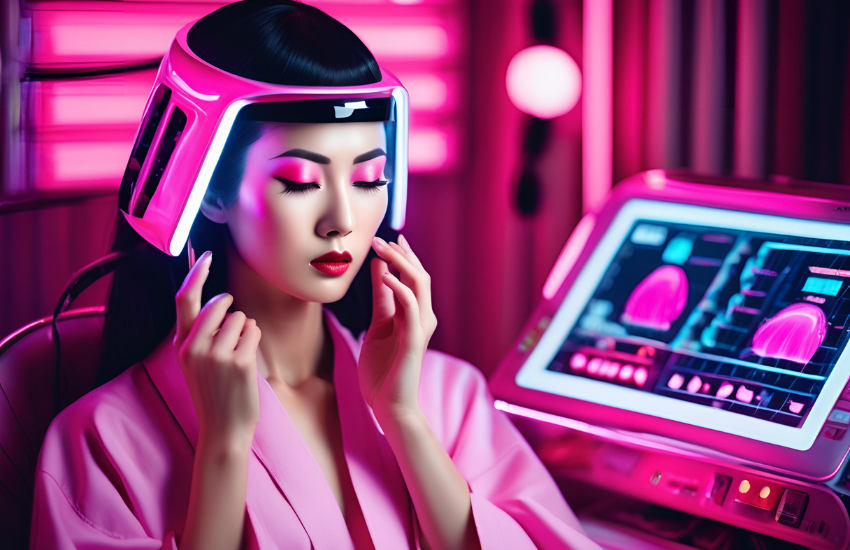
Sunscreen is one of the most important parts of your skincare routine. Whether you’re applying it on its own or with makeup, it’s an indispensable part of your skincare routine – especially when Ultraviolet levels are high.
Risks of not wearing sunscreen
Sunspots Without the protection of sunscreen, your skin will be more vulnerable against ultraviolet rays. This will speed up production of melanin particles, which lead to dark spots in the skin, also known as sunspots. Once you have them, they can get bigger, darker and in larger numbers with more sun exposure. Sun allergy Also known as UV allergy, this refers to conditions that cause an itchy rash to develop on the sun after being exposed to sunlight or other sources of UV radiation. Some symptoms include itchiness, stinging, tiny bumps, blisters or hives. Premature ageing UV exposure is one of the leading causes of fine lines on the face. This is because when skin is not protected against UV rays, the rays penetrate deep into the dermis layers. Over time, this destroys elastin and collagen, resulting in signs of premature ageing such as fine lines, wrinkles and saggy skin. Enlarged pores When the skin is exposed to ultraviolet rays for a long time, the skin loses its collagen. This also decreases the elasticity around the pores, stretching the pore openings.Are you using sunscreen correctly?
First, let’s understand the terms "SPF" and "PA” for sunscreen. There are two types of ultraviolet rays that can cause damage to human skin – UVA and UVB. UVB penetrates and damages the outermost layers of the skin and overexposure to it can cause sunburns and in some cases, blisters. UVA, while slightly less intense than UVB, penetrates the skin more deeply, and in the long-term, can lead to premature ageing and skin cancer. “PA” refers to a rating system to represent how SPF the sunscreen offers. Below is a breakdown of what each PA rating means:- PA+: basic protection
- PA++: moderate protection
- PA+++ High protection




